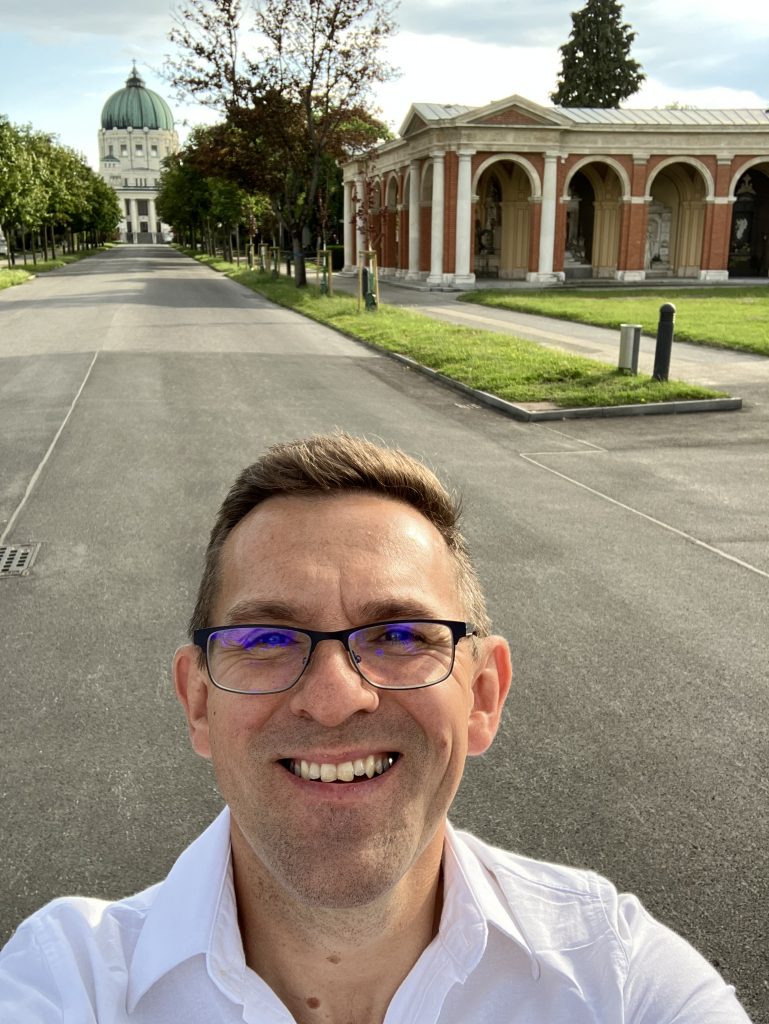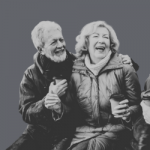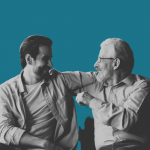Whilst cemeteries generally aren’t a typical must-see on a city’s tourist map, more and more people are being drawn to them as important architectural and cultural sites. Whether tourists are going to pay their respects to the inhabitants or to marvel at sculptures, tombs and mausoleums, certain cemeteries around the world have become major attractions. France’s Pere Lachais, for example, draws over 3.5 millions visitors a year, and offers guided tours of the graves of its famous residents, such as Edith Piaf, Oscar Wilde and Jim Morrison. It’s dwarfed however, by Vienna Central Cemetery, the second largest cemetery in Europe, and the final resting place of many of the big hitters of classical music, such as Beethoven, Schubert and Brahms. Locals jokingly note that the cemetery itself is half the size of Zurich, but twice as much fun, and crowds of tourists visit to explore these remarkable musicians’ graves (and the 330,000 others), so much so, that the cemetery even has a gift shop!
But famous residents were not my reason for visiting. During my graduation ceremony, a professor who had recently moved to Vienna, told me about the “practical” approach the Viennese take to death and that there was no better place to witness this than the Central Cemetery. I was intrigued, so decided to make a trip.
The cemetery is located just outside the city. It’s a massive site (some 2.5 square kilometres), with a significant central building, and is much grander than most cemeteries (although this isn’t unsurprising for a city like Vienna). The central alleys are grand and well kept, with impressive ornate tombs of significant size lining the pathways. On the outer reaches of the cemetery the graves take a more modest size and the landscape is more natural.

James at Vienna Central Cemetery
Whilst impressive, the grandeur is not what makes Vienna Central Cemetery so special. The cemetery has a vital, vibrant feeling of life about it, much more like a park than a sombre place of reflection. On the day I visited, families had set up tables and chairs, picnicking amongst the graves and enjoying the good weather and the outdoor space. Joggers busily completed laps of the park and a group of kids explored by bike.
Like many others, the cemetery is home to a handful of garden and flower shops, but that isn’t where the horticultural theme ends. Tucked away to the edge of the grounds, families industriously tend their allotments on a small site set over for vegetable growing and enjoying the simple pleasure of working the land. I really loved this practical use of the space.
At the entrance, there is a large Konditorei (confectioners) with beautiful cakes and locals drinking coffee and catching up. When I spoke to the waitress and explained that in the U.K. we don’t have cafes in cemeteries, and how unusual I found it, she was really surprised, noting how popular the café is amongst the local Viennese.
The Vienna Central Cemetery had a sense of being a place for both the living and dead, and for me this is unusual in a cemetery. It was really heart-warming to see families and friends simply enjoying the space and I wondered whether through being amongst the graves of the former residents of Vienna, the famed practical approach to death of the Viennese was born.
Whilst you might not be in Vienna, why not take a trip to your local cemetery and take in the ambience of the space? Some cemeteries even offer tours, where you can learn more about the history of these unique places.
Click here and explore similar articles from our collection.




 The Briefing: Options for Celebrating a Life
The Briefing: Options for Celebrating a Life  MyGoodbyes Let’s Talk Death: Evie King
MyGoodbyes Let’s Talk Death: Evie King  Loneliness is more dangerous than smoking 15 cigarettes a day. But a wave and nod can help.
Loneliness is more dangerous than smoking 15 cigarettes a day. But a wave and nod can help.  Kathryn Mannix: Why we should talk about death
Kathryn Mannix: Why we should talk about death  When Conflict Arises During End of Life Planning
When Conflict Arises During End of Life Planning  A MGB host can be the life (and death) of the party
A MGB host can be the life (and death) of the party  The Importance of End-of-life Planning in September
The Importance of End-of-life Planning in September  MyGoodbyes’ TV Review: Pushing Daisies
MyGoodbyes’ TV Review: Pushing Daisies  MyGoodbyes’ trip: Vienna Central Cemetery
MyGoodbyes’ trip: Vienna Central Cemetery